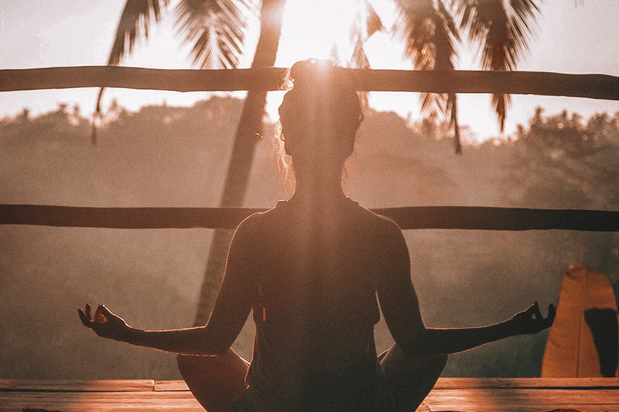In the last decade or so, addiction specialists have begun looking at yoga as a positive means of both substituting abuse-seeking behavior and allowing for a magnified experience of inner peace.
Yoga is thought to be an effective method for treating addiction because there are physical, emotional, and mental aspects that go into the process. This is considered to be an expansion of sorts, delving into the different planes of substance abuse.
Combining Modalities for a Better Addiction Recovery Outcome
The process of recovery and actually maintaining sobriety is a rather complex issue filled with various outliers. Most experts agree that a combination of different avenues and methods of maintaining sobriety should be sought out for the best chance at success.
More than 27 million Americans suffer from some form of substance dependence or abuse, according to the U.S. Department of Health and Human Services. To frame the public crisis in economic terms, more than $600 billion is spent every year on substance abuse related crimes, accidents, and treatments, according to the National Institute on Drug Abuse. With such a high cost to society, both economically and emotionally, there is a growing push for further research into alternative treatment methods, seeing that the ‘Drug War’ has turned out to be a fool’s errand.
12-step programs are one of the most mainstream and widely accepted means of rehabilitation. Still, when analyzing their effectiveness, we find that such methods have a 40 percent relapse rate. While this doesn’t undermine the program's successes, it paints a vivid picture of how difficult it is to remain sober. When almost half of the suffering population cannot successfully maintain a sober state, it is time to examine alternative or adjunct methods of addiction treatment that can coincide with talk therapy for addiction recovery or step programs.
Adding Yoga in to Your Addiction Recovery Approach
G. Alan Marlatt, director of the Addictive Behaviors Research Center at the University of Washington, advocates for a meshing of treatment possibilities. “The 12-step program takes the approach that addiction is a disease that cannot be cured and that cravings need to be pushed away or averted,” Marlatt says. “If you have cravings or urges, 12-step programs offer two strategies: avoid or suppress them cravings, taking a non-accepting approach. Alternatively, you can practice yoga and pay attention to the physical sensation, pay attention to how the cravings and urges manifest themselves, identify them, accept them, and then let them go. You can just let it pass and notice the impermanence."
“When people take substances, they’re seeking a certain experience—whether it’s escapist or transcendental or just wanting a different psychological state—to get away from whatever it is that is making them unhappy,” says Sat Bir Khalsa, director of the Kundalini Research Institute and an assistant professor at Harvard Medical School. “Yoga is an alternative. [It is] a positive way to generate a change in consciousness that, instead of providing an escape, empowers people with the ability to access a peaceful, restorative inner state that integrates mind, body, and spirit.”
Researchers are not suggesting that those already involved in recovery programs should abandon or substitute their meetings. However, what is being stated is that yoga is an additive that can be implemented at the same time, hopefully leading to a more fulfilled attitude and outlook on recovery.
“Yoga is very effective at regulating the stress hormones, cortisol, and adrenaline,” Khalsa says. “These chronically high levels of hormones are toxic to the body and central nervous system, and we know yoga can help reduce or balance the stress hormones in the body. It makes sense that if you’re less stressed, you may not be so quick to seek substances to cope.”
Alcoholics Anonymous has always stated that the body is one of the most important entities that must be addressed when seeking recovery. The triangle in AA’s symbol is representative of mind, body, and spirit, all of which must be addressed in the process of recovery. While sitting in a circle, sharing recovery stories may take care of the mental aspects; you can seek bodily and emotional recovery through yoga.








